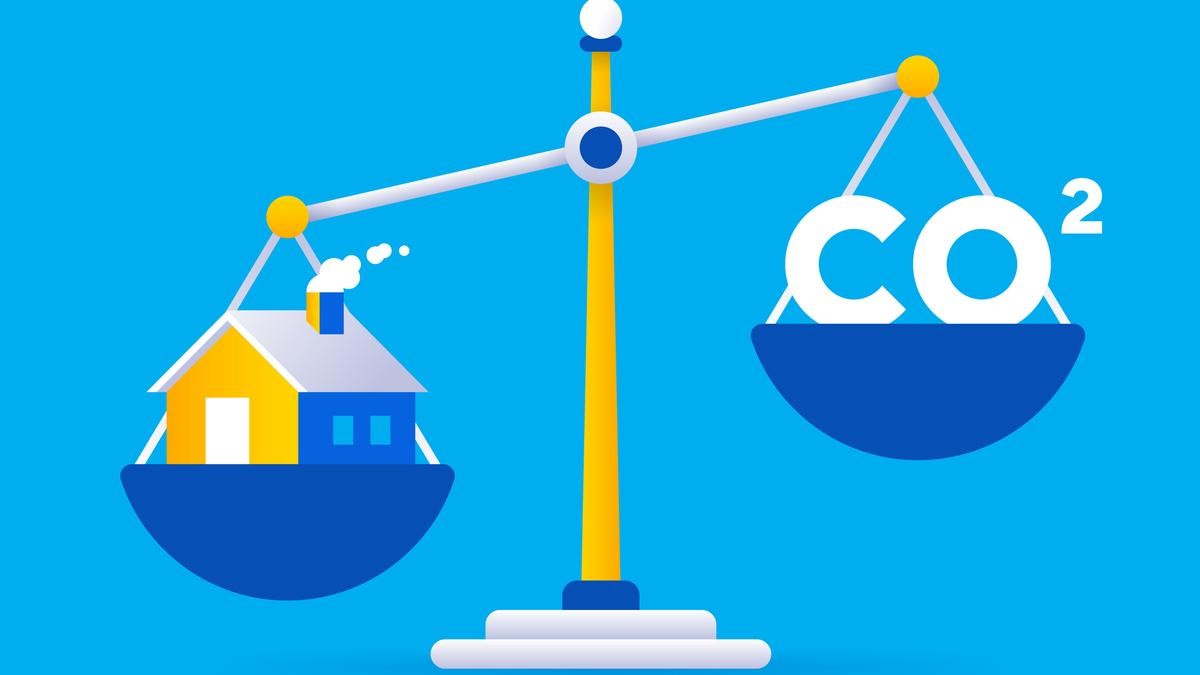Free Courses Sale ends Soon, Get It Now


Free Courses Sale ends Soon, Get It Now



Disclaimer: Copyright infringement not intended.
Context:
Importance of Household Environmental Footprints:
Distribution of Household Environmental Footprints in India:
Assessment of Environmental Impacts:
Key Findings:
Key Contributors to Environmental Footprints:
Per Capita CO2 Footprint:
Implications:
SOURCES:- THE HINDU
|
PRACTICE QUESTION Q. Discuss the significance of understanding local environmental footprints in the context of sustainable development, with particular emphasis on the implications for marginalized communities. Support your answer with examples and suggest measures to address disparities in environmental impacts. |
© 2024 iasgyan. All right reserved